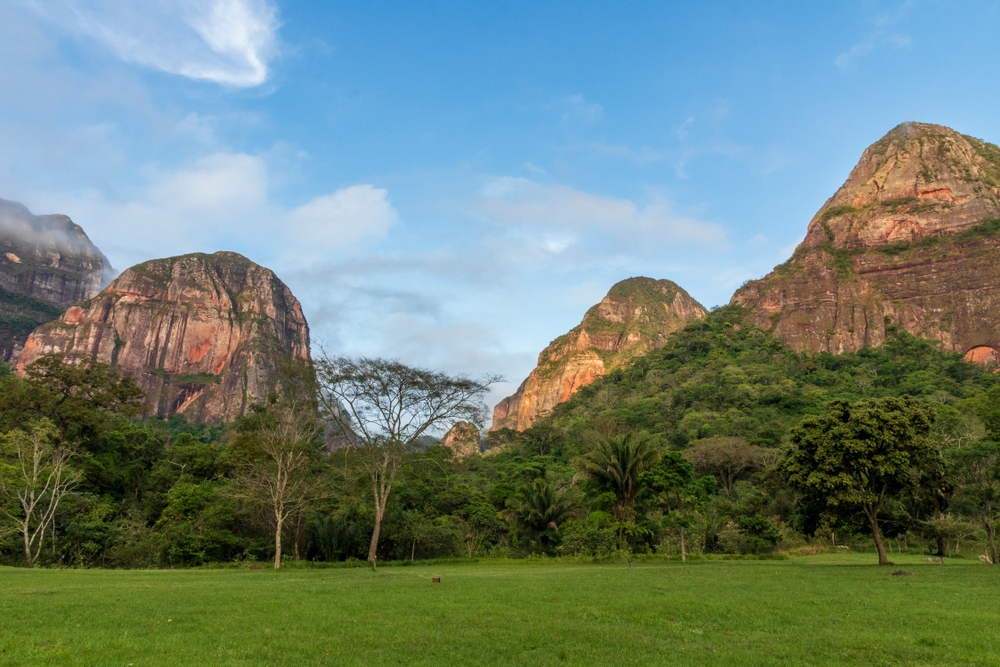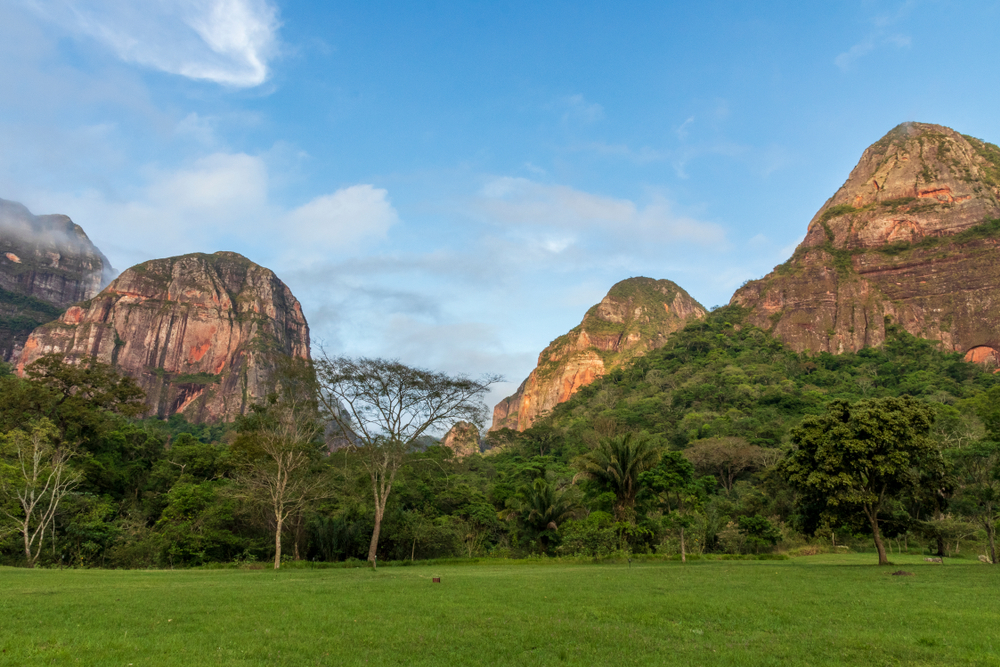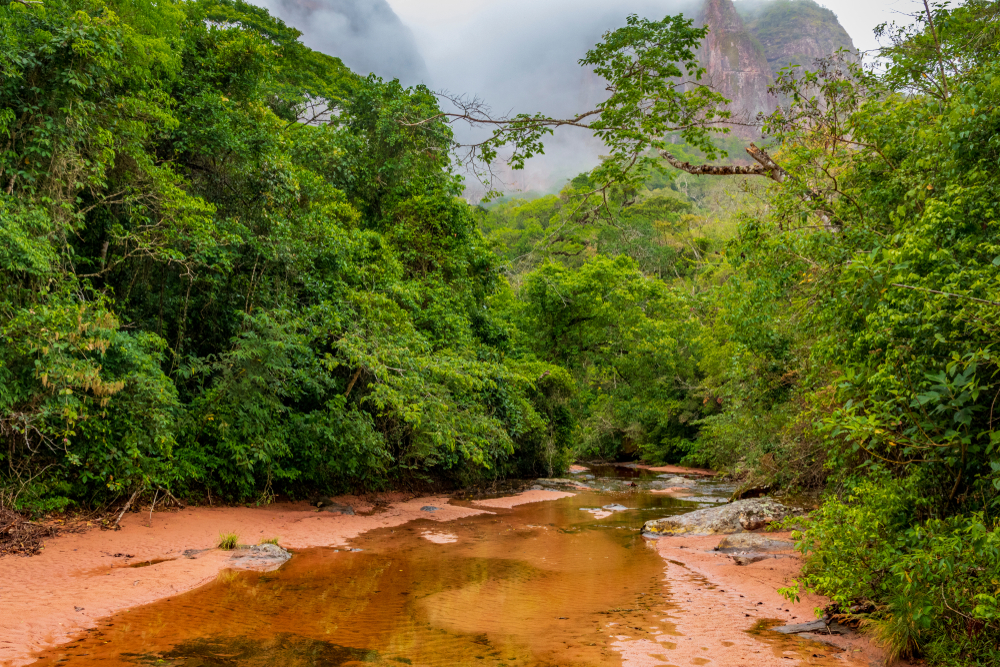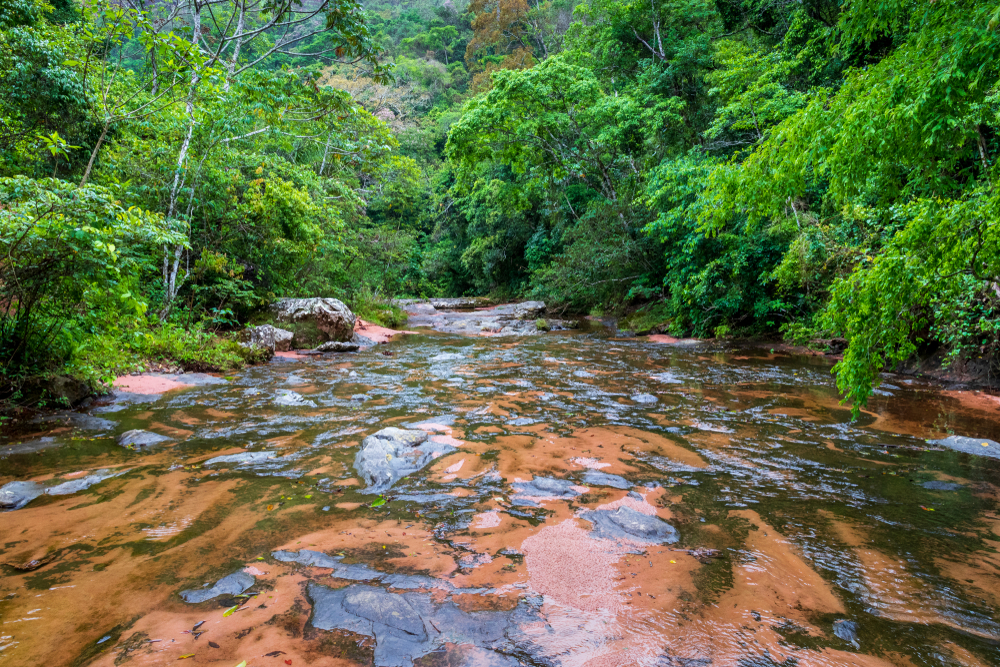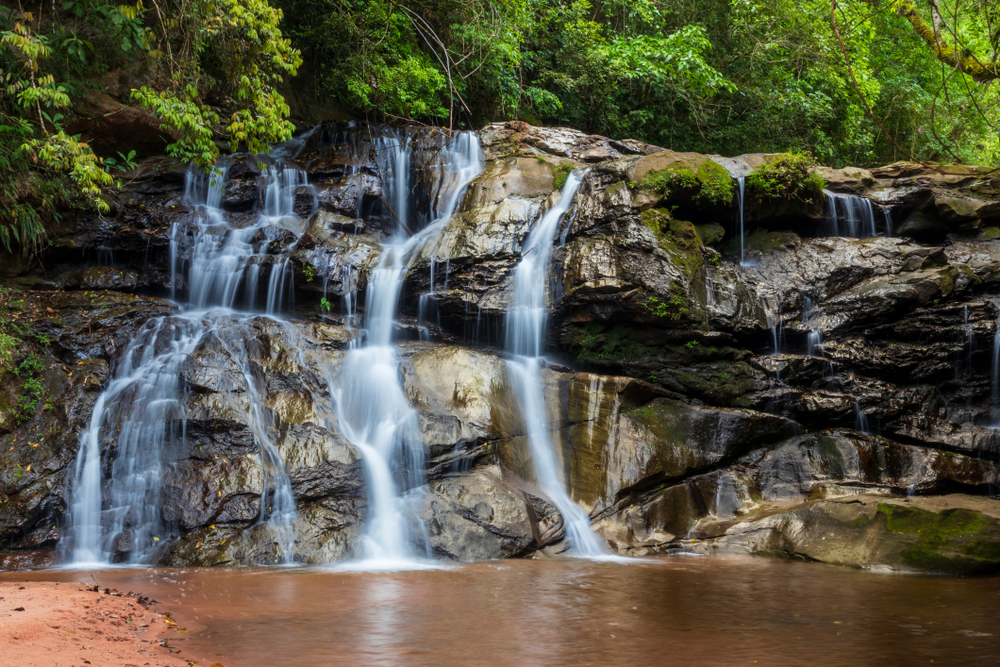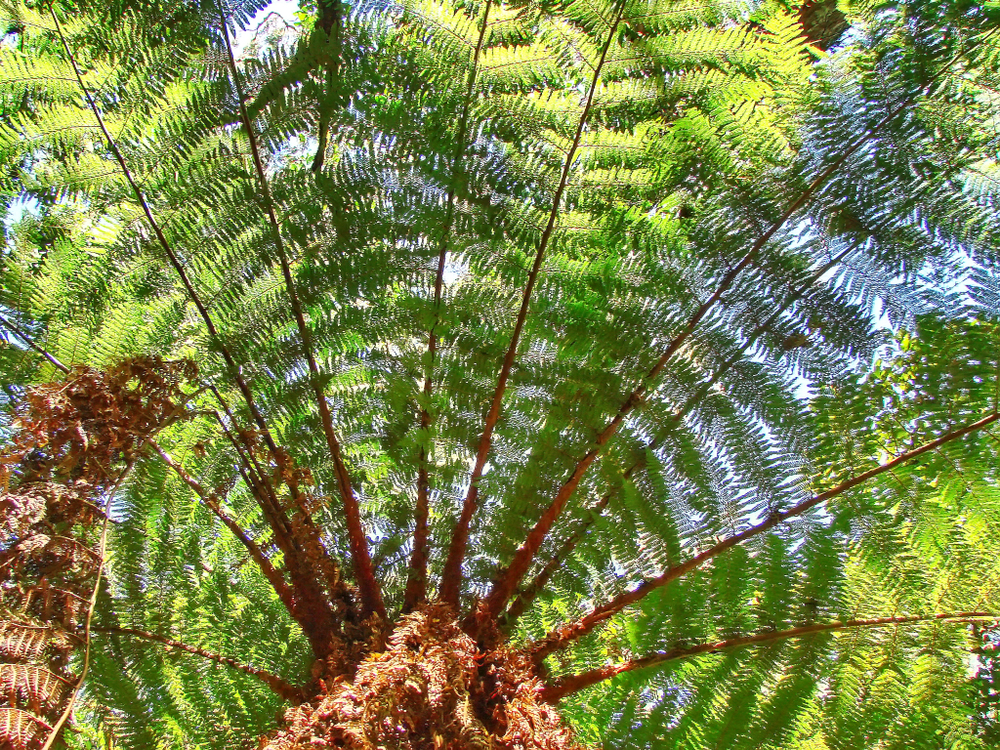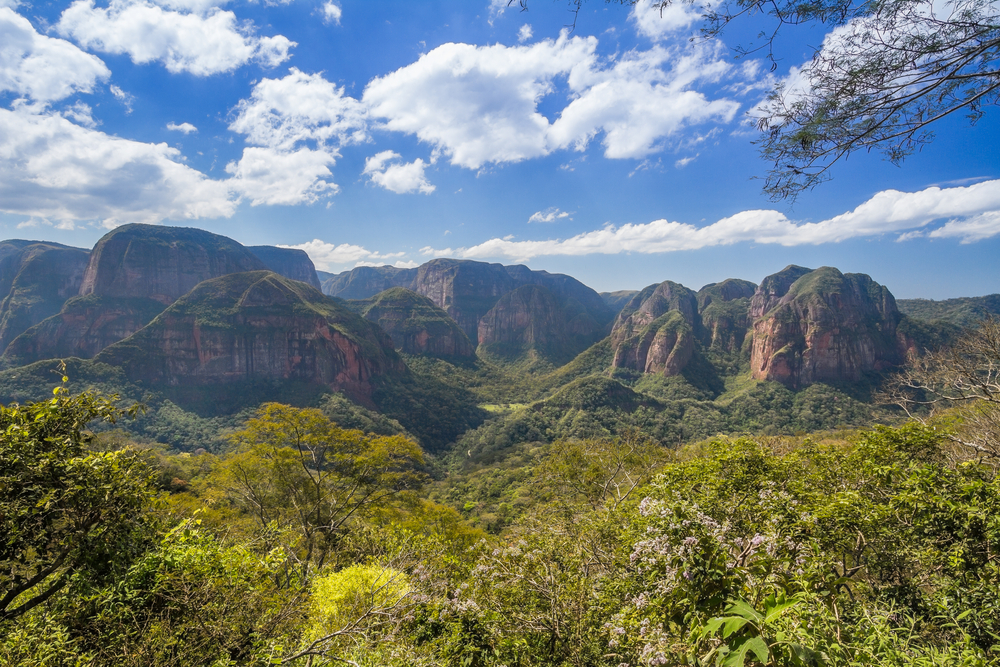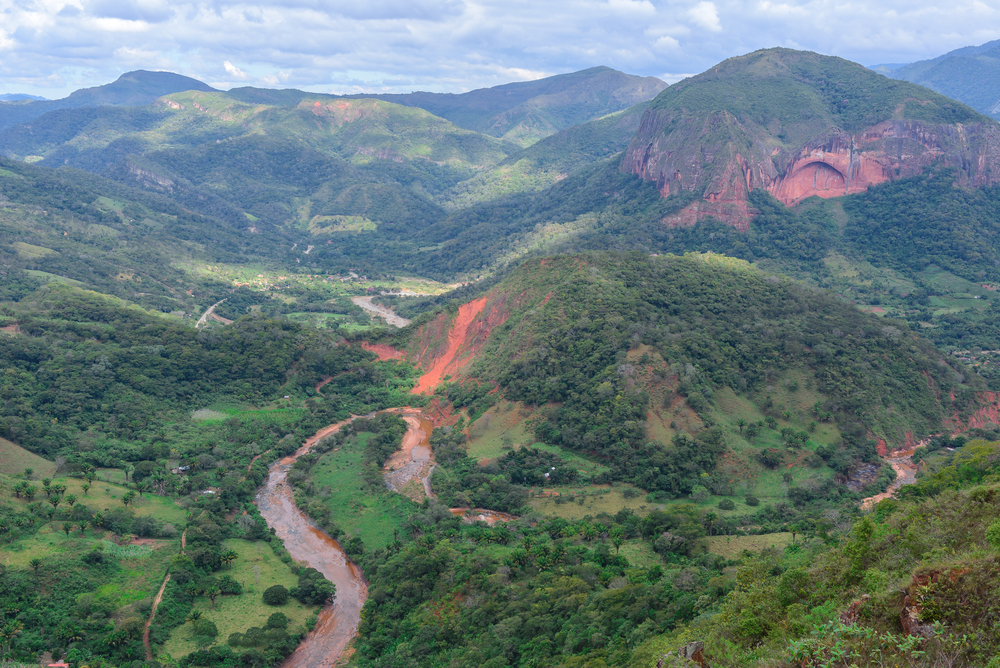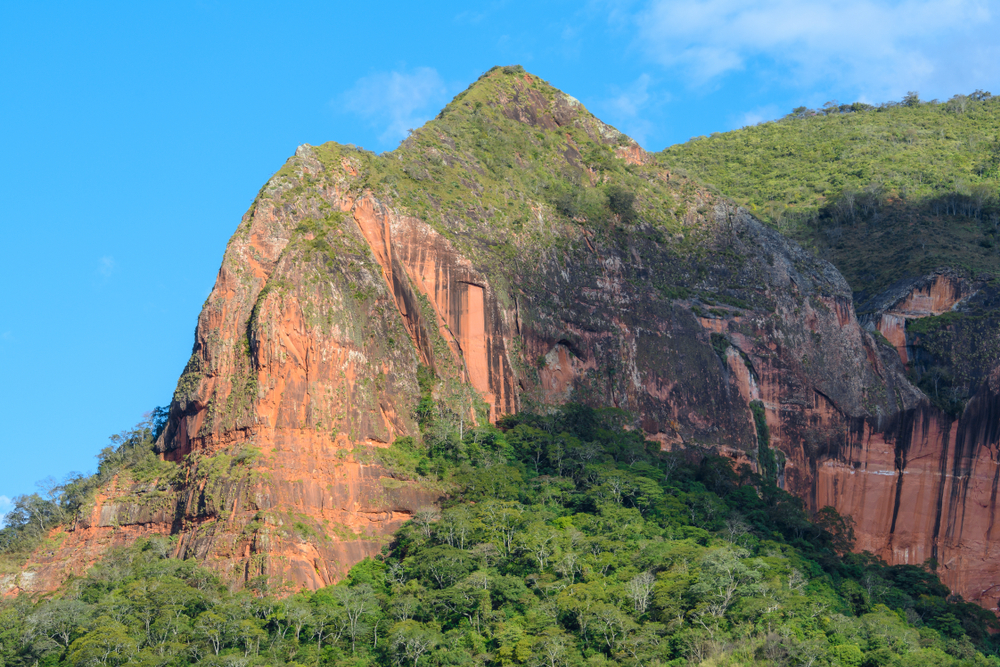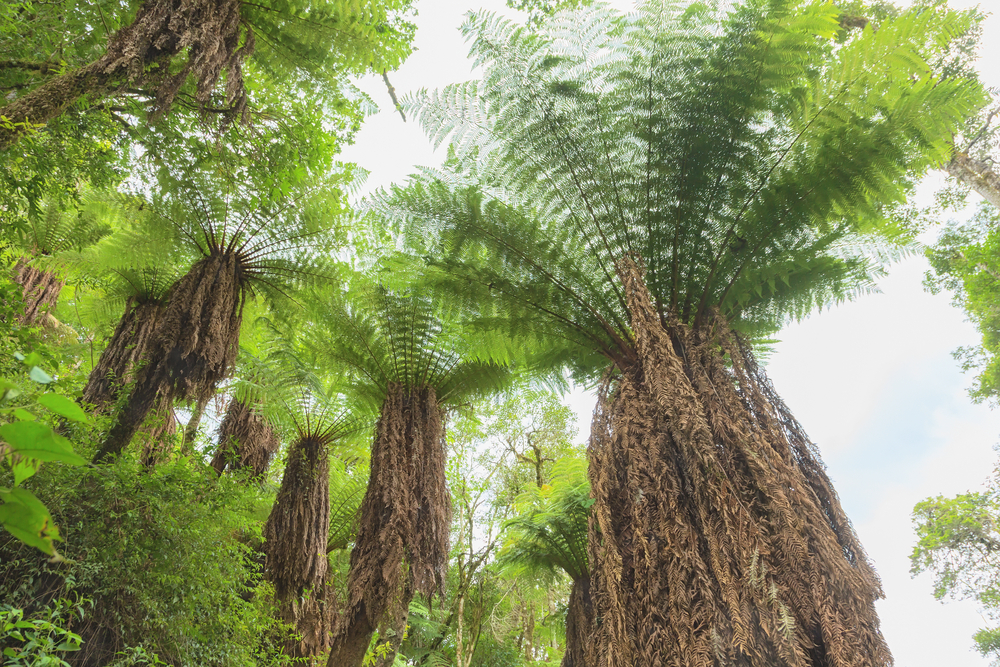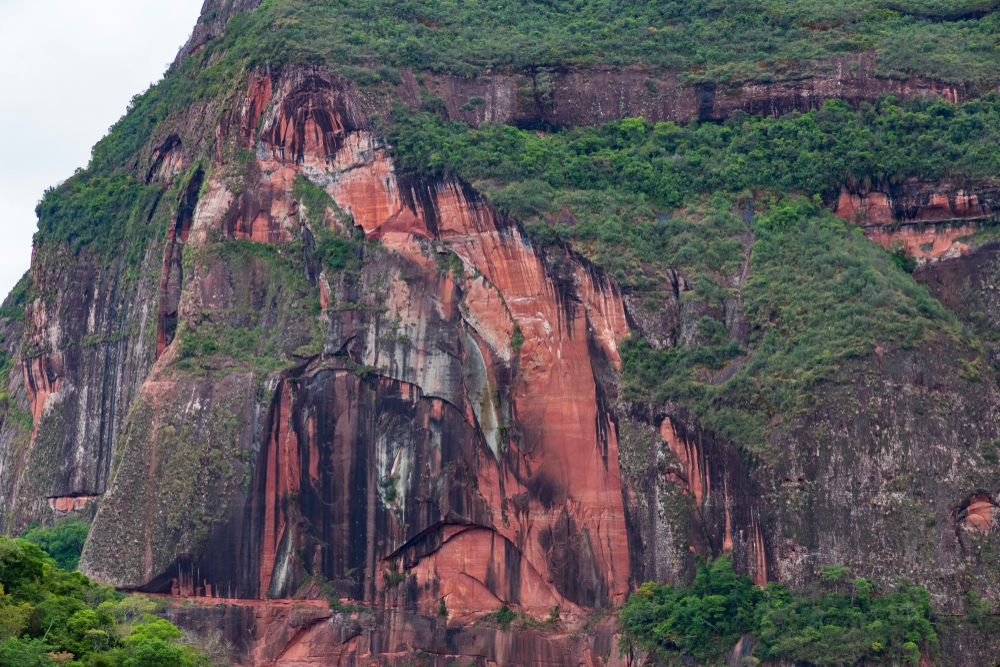Amboro National Park is located near the midway point of Bolivia and is a neighboring protected area of Carrasco National Park. The park covers an area of 1,709 square miles (4,425 sq km).
The park is located along the Andes mountains’ eastern side at the junction where their mountains make a more abrupt northwestward turn. This region is affectionately known as the “Elbow of the Andes.”
The park is part of a larger bioregion that includes a variety of differing habitats. The varying ecosystems include Bolivian montane forest, Chiquitano dry forest, Dru Chaco, Southwest Amazon moist forest, and Yungas.
The vegetation, of course, varies with the elevation changes, which extend from 980 feet (300 m) up to 10,951 feet (3,338 m). The park’s majority is situated at elevations over 3,300 feet (1,000 m) and below 6,600 feet (2,000 m).
The elevation and varied ecosystems make the national park one of the most diverse in the world. There are over 3,000 identified and recorded species of plants. The bigleaf mahogany, mountain pine, and the giant tree fern are some of the more intriguing species.
As would be expected with the ecosystem and habitat variations, there is a diversity of wildlife. With over 900 species of birds, the national park accounts for over 60% of the bird species located in the country. This makes the park a birdwatcher’s coveted destination.
The giant anteater, jaguar, ocelot, cougar, caiman, and spectacled bear are some of the most hopeful wildlife sightings. Although the park features 177 species of mammals, it is a reptilian and amphibian haven. There are at least 173 species of amphibians and another 135 species of reptiles.
Photos
Things to See
Amboro National Park Trails
There are several trails scattered throughout the amazing landscape of Amboro. Hiking on the trails and through the forests and stunning landscapes is one of the national parks’ most popular activities.
Park Protection
Amboro National Park was created to protect one of the more diverse ecosystems in the world. Located on the Andes’ eastern side, the varied habitats serve as a refuge for an equally diverse collection of wildlife.
The global community must do all that we can to protect the habitats and ecosystems that allow vulnerable wildlife to survive. Deforestation and the encroachment of humankind are the largest threats to the area and the wildlife that calls it home.
It also protects one of the greatest concentrations of birds per square mile (per sq km) in the world. It is a bird lover’s haven.
Sources
- Bolivian Life, A Guide to Amboro National Park, https://www.bolivianlife.com/amboro-national-park/, retrieved October 2020.
- Frommers, Amboro National park, https://www.frommers.com/destinations/santa-cruz-de-la-sierra/attractions/amboro-national-park, retrieved October 2020.
- LAC Geo, Amboro National Park (Bolivia), https://lacgeo.com/amboro-national-park-bolivia, retrieved October 2020.
- Lonely Planet, Amboro National Park, https://www.lonelyplanet.com/bolivia/santa-cruz-gran-chiquitania/activities/amboro-national-park/a/pa-act/v-107299P1/1319426, retrieved October 2020.
- Ruta Verde, Amboro National Park (North Side), https://www.rutaverdebolivia.com/tour/amboro-national-park/, retrieved October 2020.
- Wikipedia, Amboro National Park, https://en.wikipedia.org/wiki/Amboró_National_Park, retrieved October 2020.
